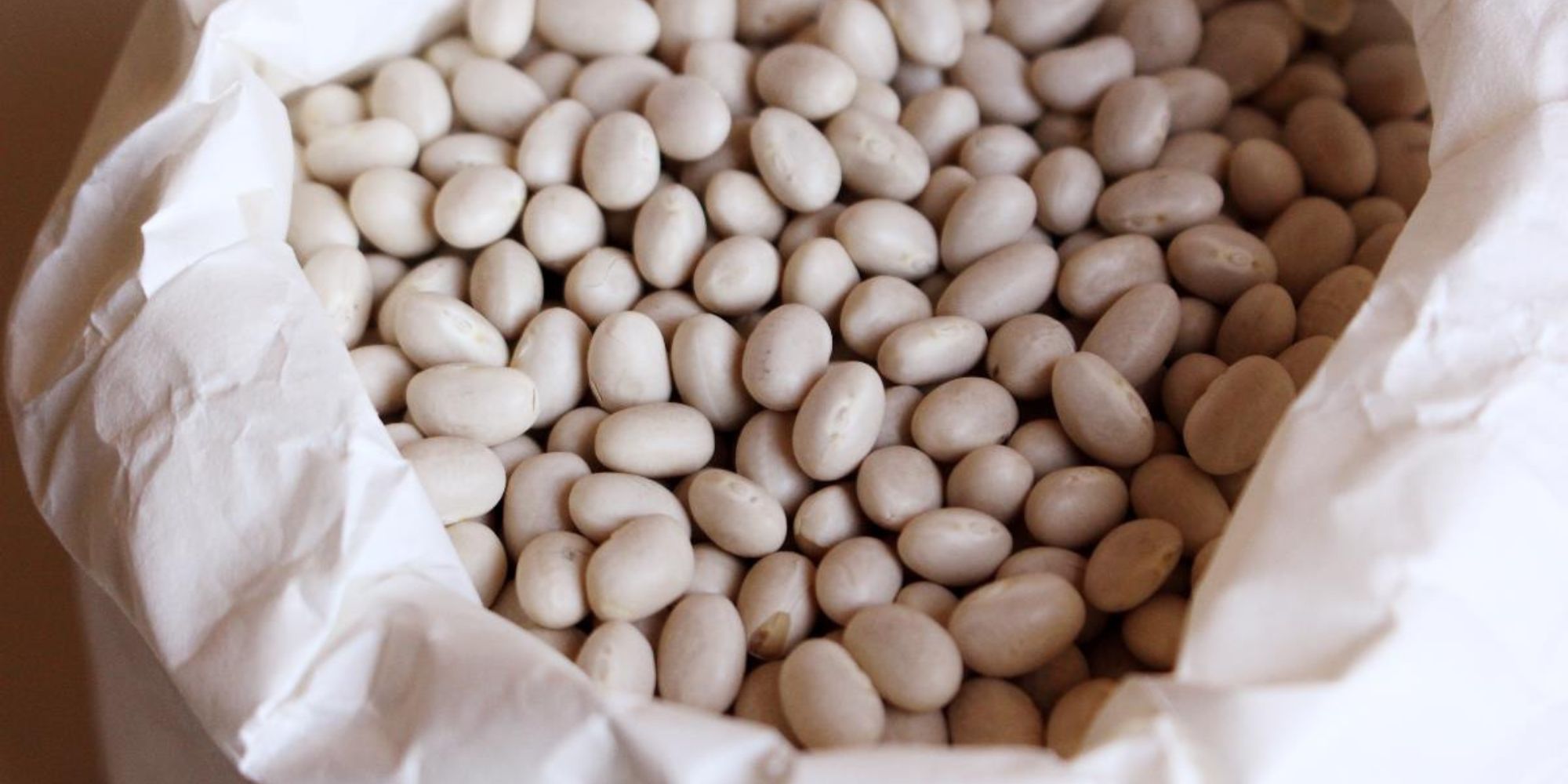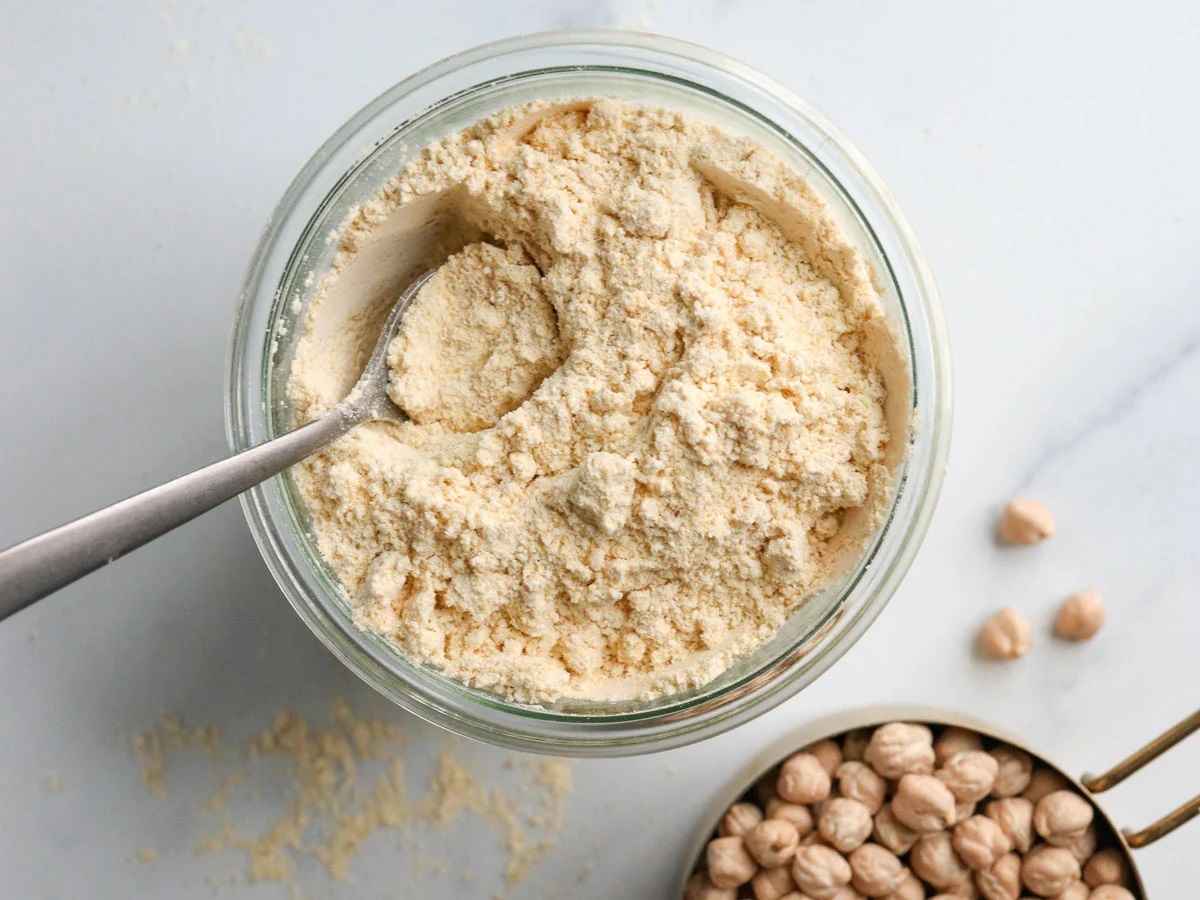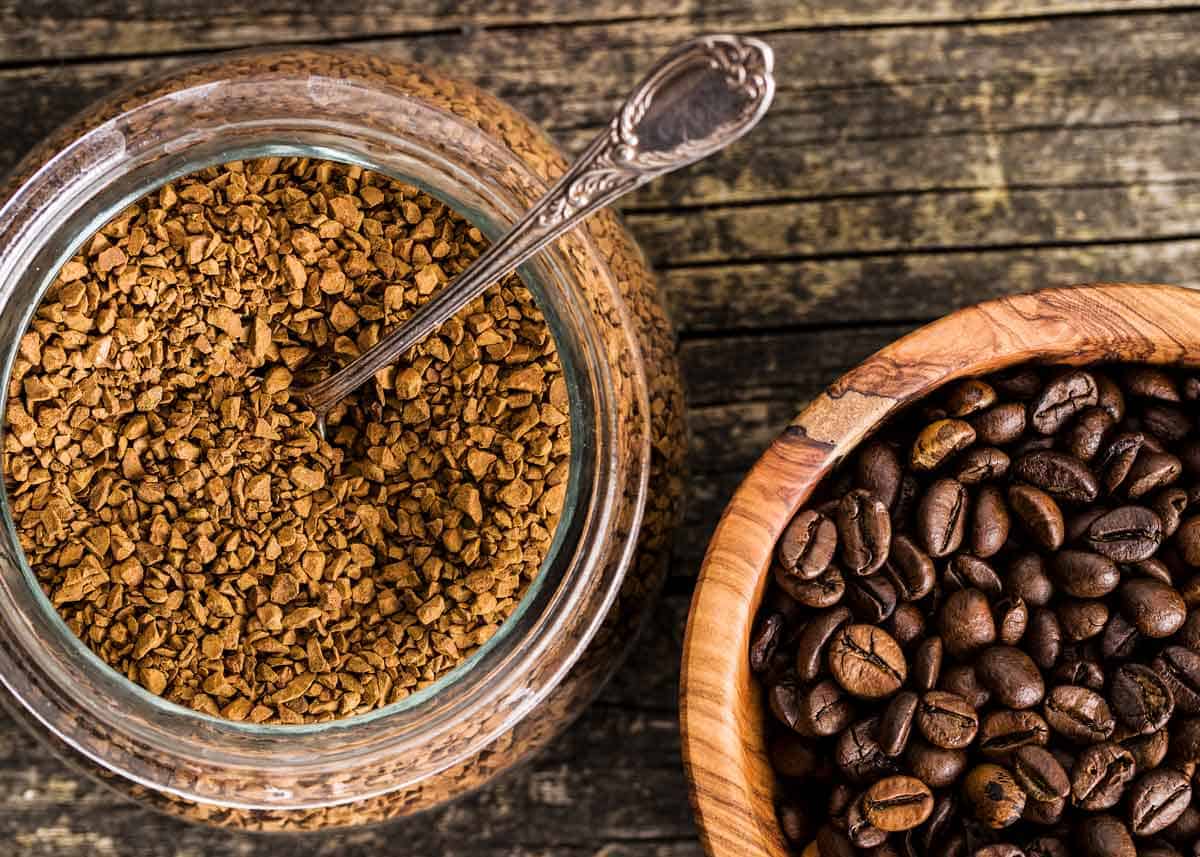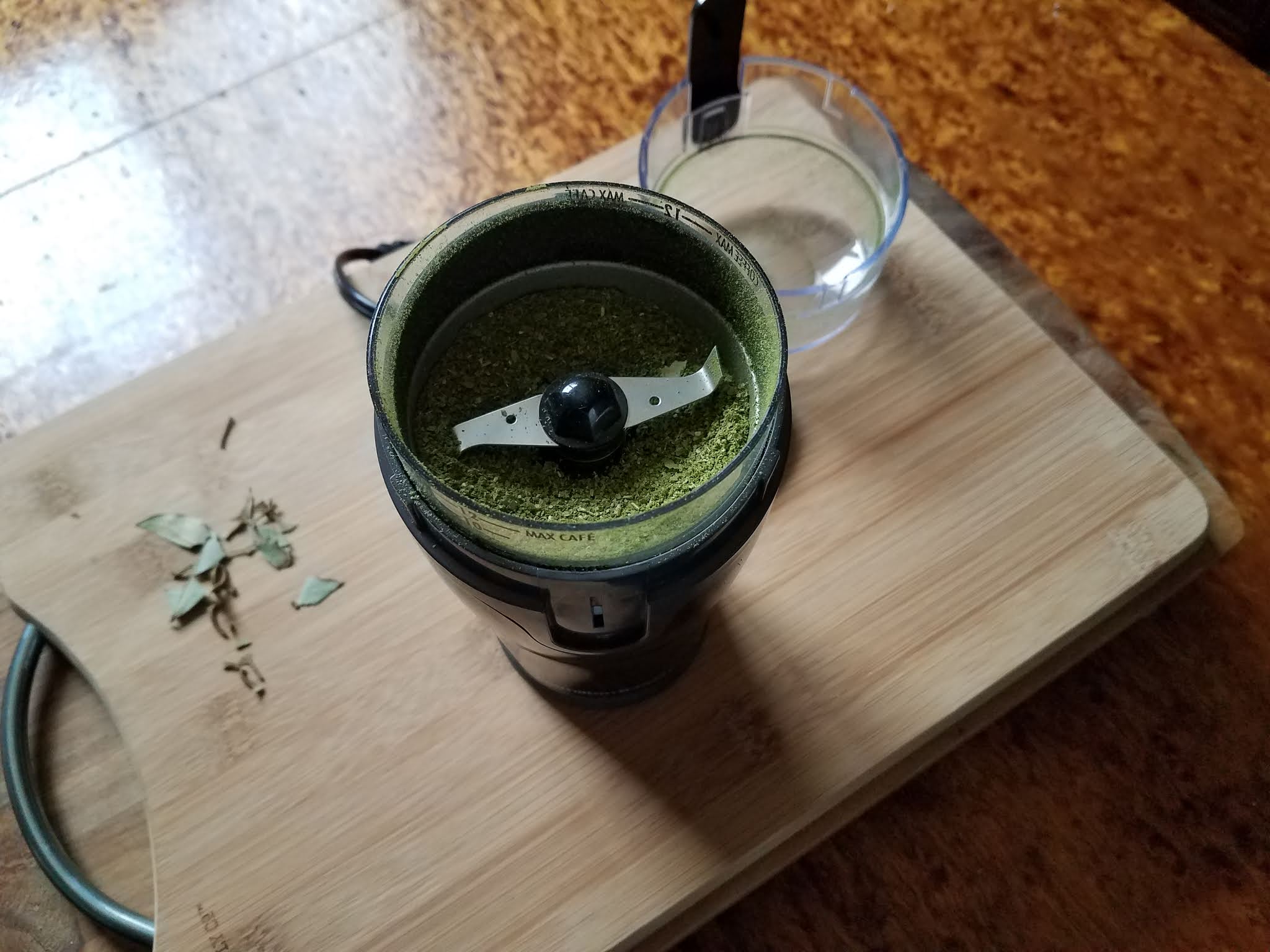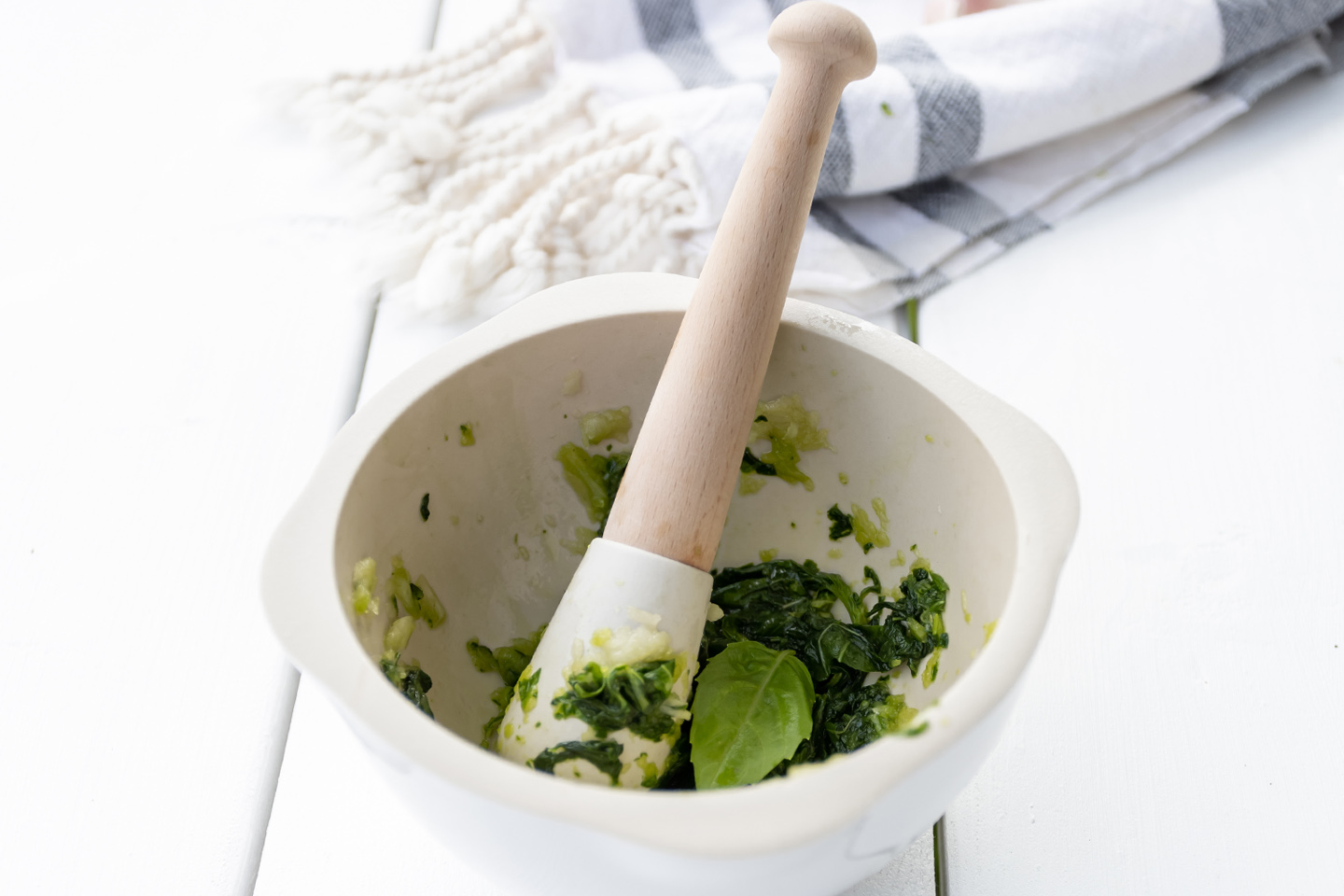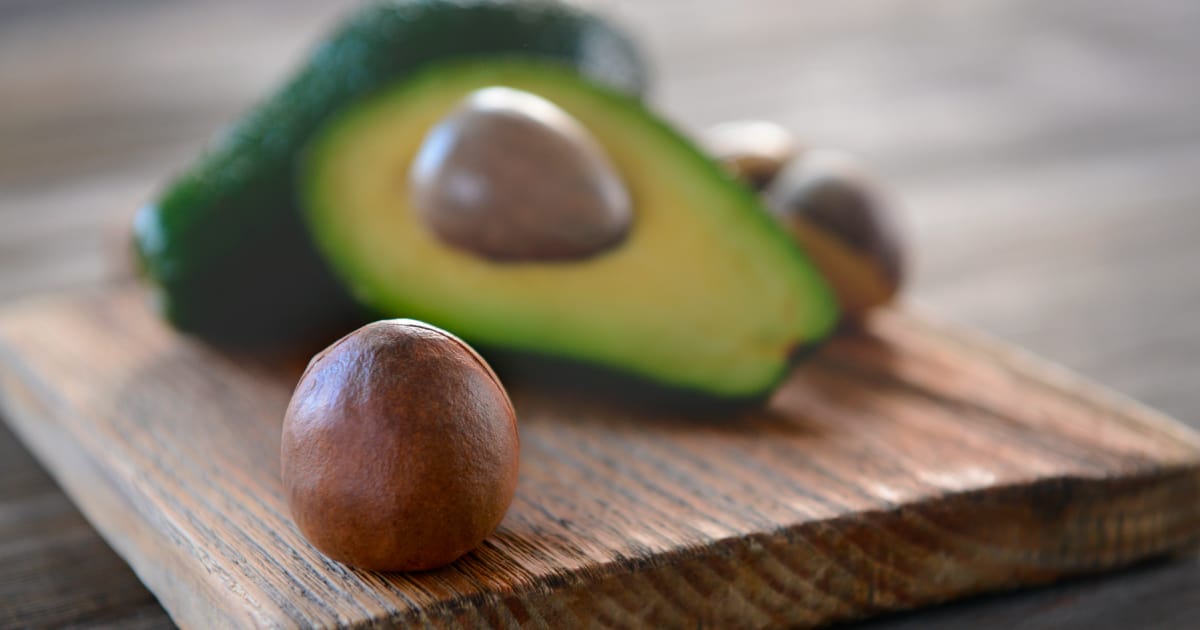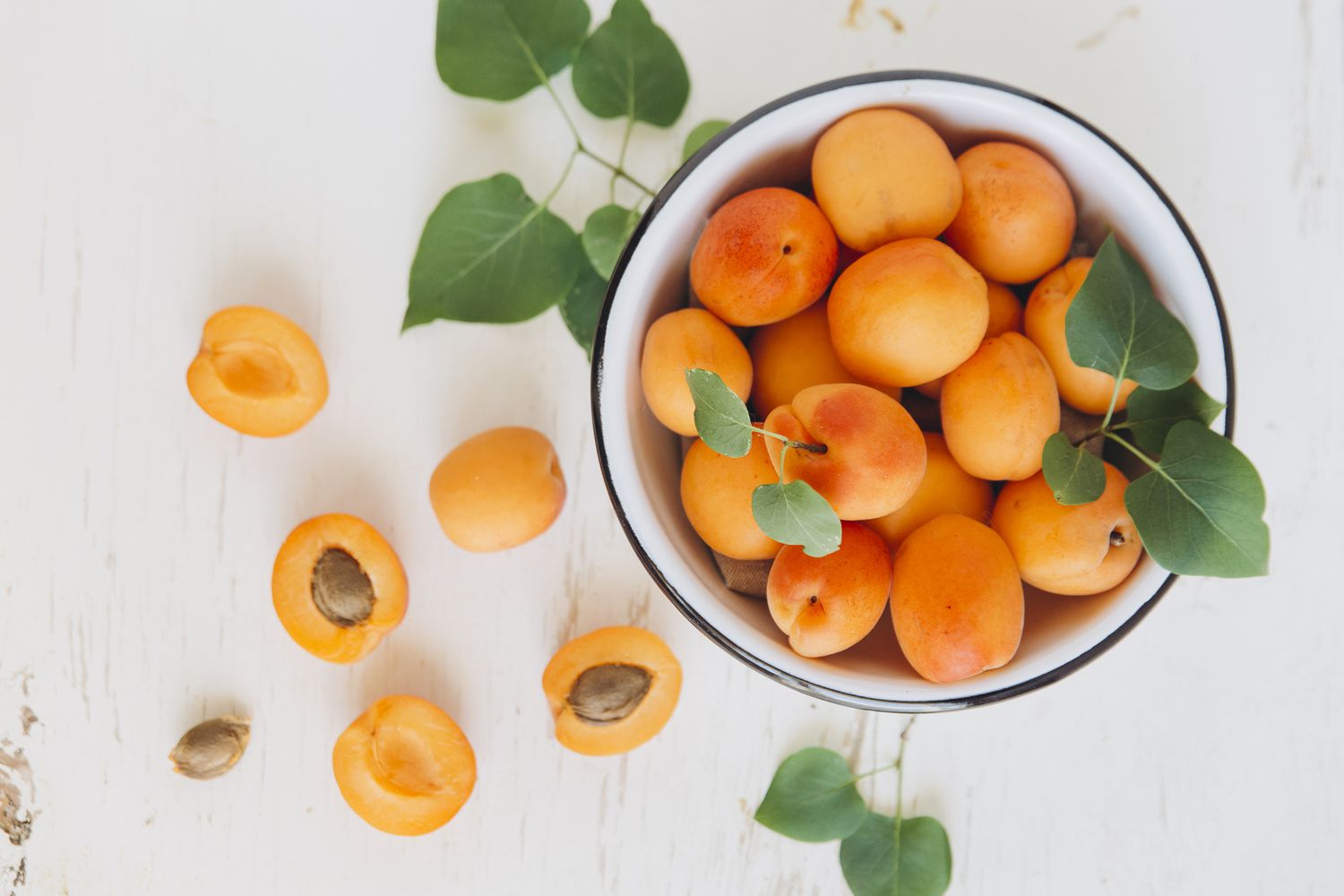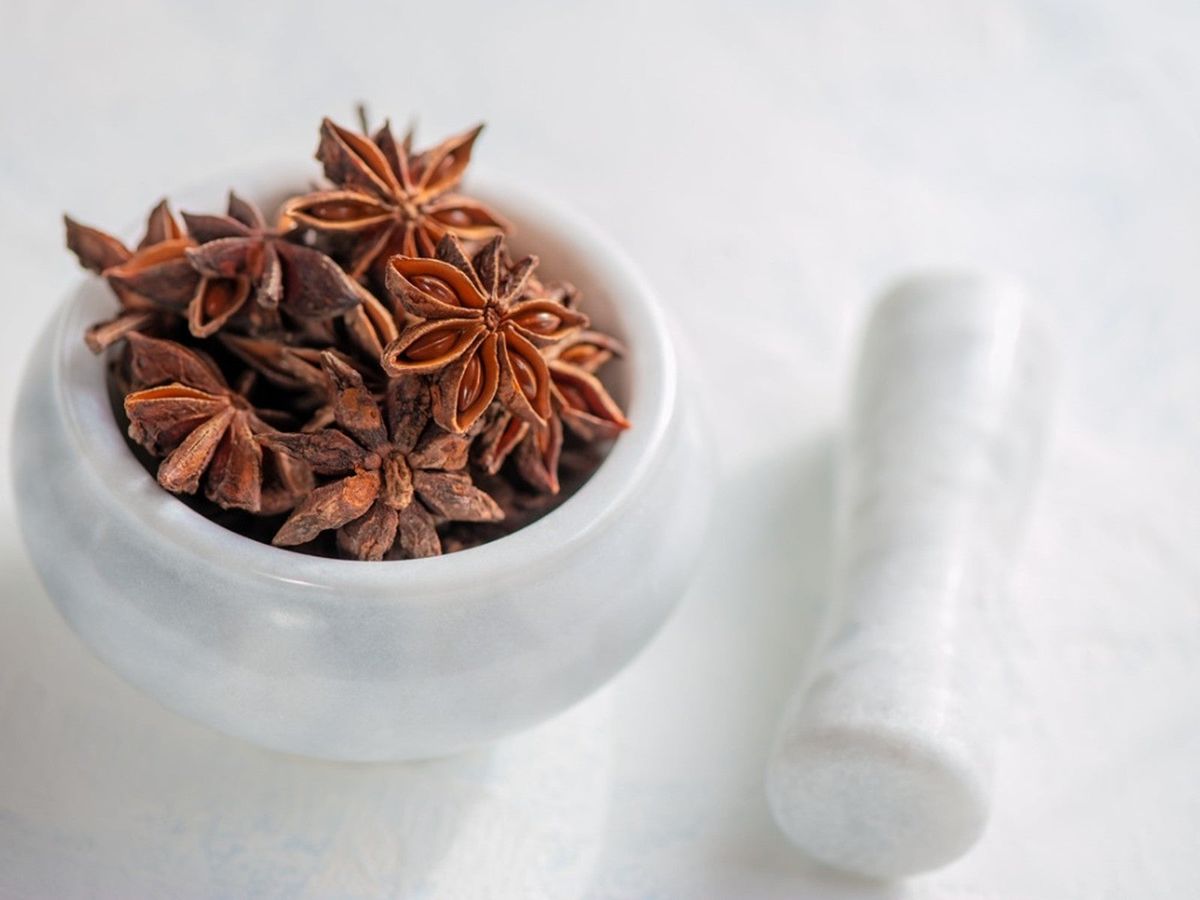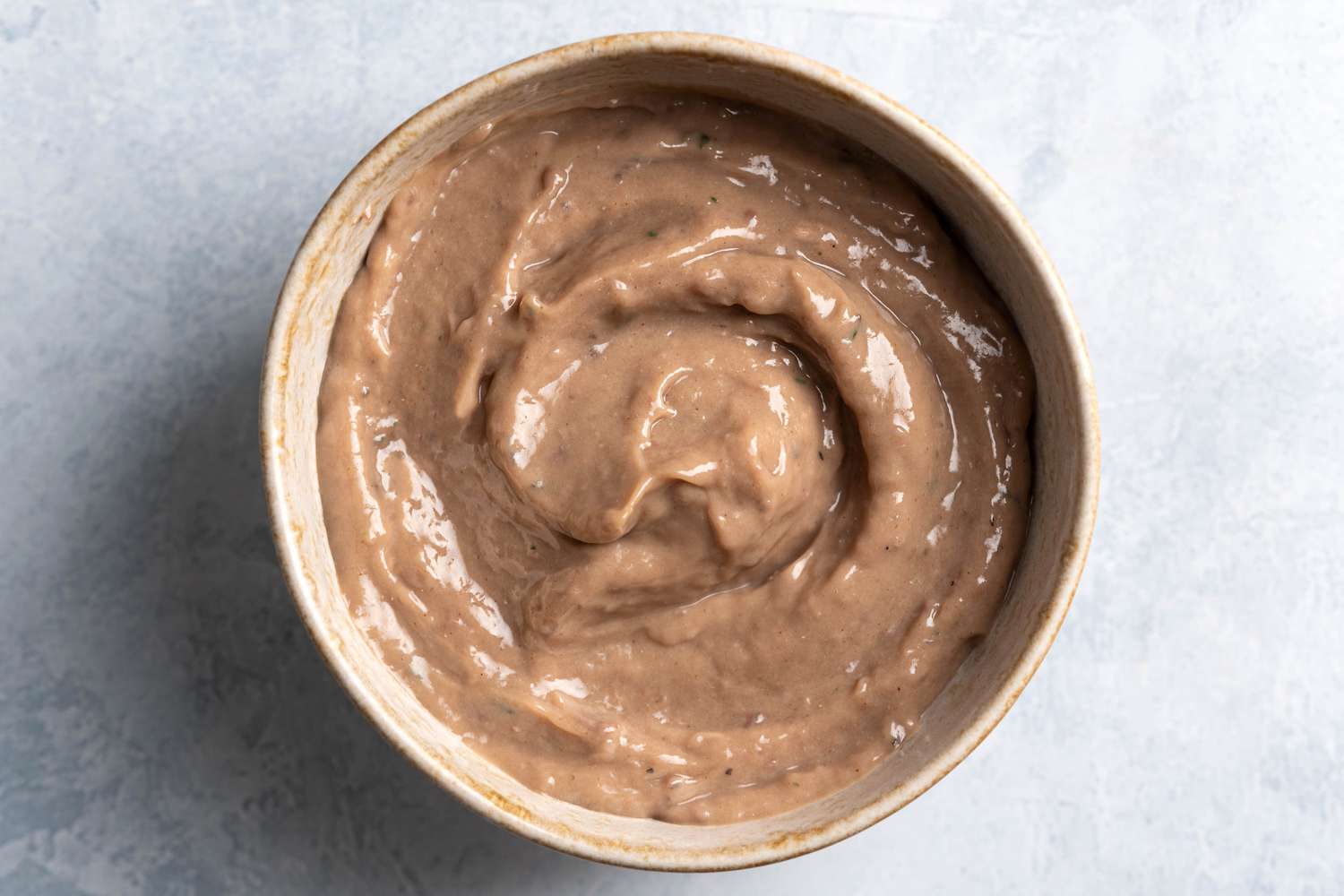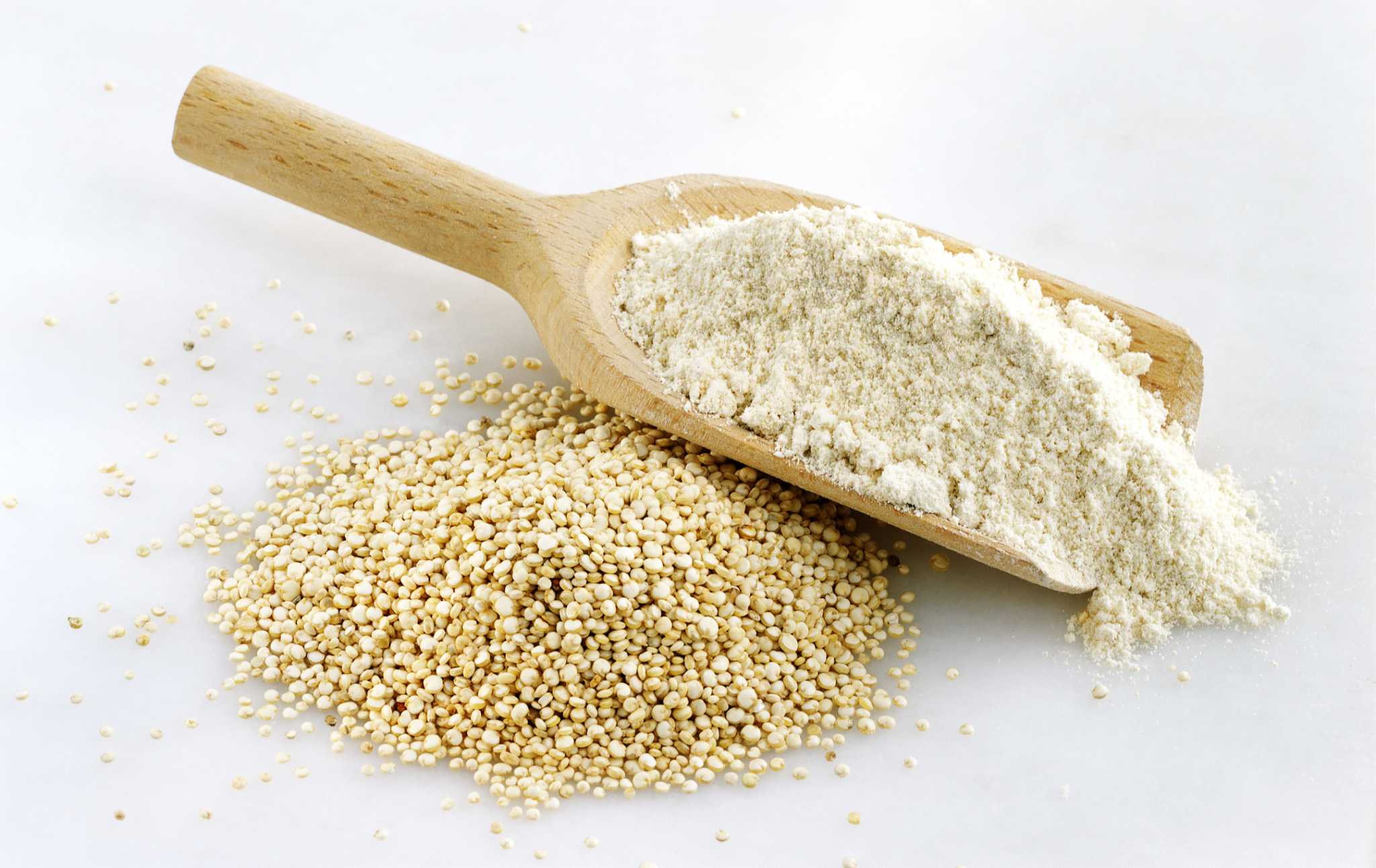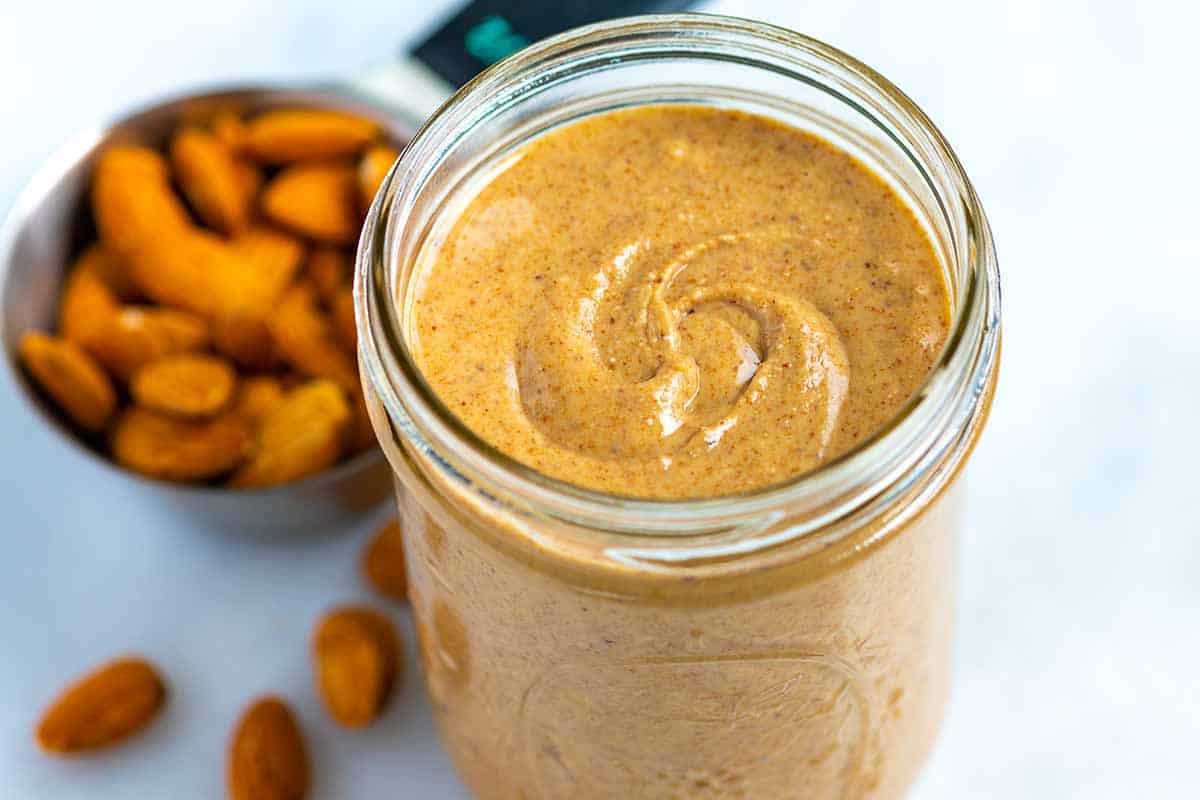Grinding Beans for Flour: A Comprehensive Guide
Are you interested in making your own bean flour at home? Grinding beans into flour is a fantastic way to create a gluten-free alternative to traditional wheat flour. Whether you’re looking to make bean flour for baking, thickening sauces, or adding nutrition to your recipes, this guide will walk you through the process of grinding beans for flour.
Choosing the Right Beans
When it comes to making bean flour, the first step is to choose the right type of beans. Dried beans are the best option for grinding into flour. Some popular choices include black beans, chickpeas, navy beans, and pinto beans. Make sure to select high-quality beans that are free from any signs of mold or damage.
Preparing the Beans
Before you start grinding the beans, it’s essential to properly prepare them. Here’s what you need to do:
- Inspect the beans and remove any debris or stones.
- Rinse the beans thoroughly under running water to remove any dirt or dust.
- Soak the beans in water for several hours or overnight to soften them, which will make the grinding process easier.
Grinding Methods
There are several methods you can use to grind beans into flour, depending on the equipment you have available:
- Blender or Food Processor: If you have a high-powered blender or food processor, you can easily grind the soaked beans into a fine flour. Simply drain the soaked beans and add them to the blender or food processor. Process until you achieve a smooth, powdery consistency.
- Coffee Grinder: A coffee grinder can also be used to grind beans into flour. Make sure to clean the grinder thoroughly before and after use to avoid any flavor transfer.
- Grain Mill: If you have a grain mill, it’s an excellent tool for grinding beans into flour. Follow the manufacturer’s instructions for setting the coarseness of the grind.
Storing Bean Flour
Once you’ve ground the beans into flour, it’s important to store it properly to maintain its freshness. Transfer the bean flour to an airtight container and store it in a cool, dry place away from direct sunlight. Properly stored bean flour can last for several months.
Using Bean Flour
Now that you have freshly ground bean flour, you can start incorporating it into your favorite recipes. Bean flour can be used as a gluten-free alternative in baking, as a thickening agent in soups and stews, or as a nutritious addition to smoothies and shakes. Experiment with different recipes to discover the versatility of bean flour in your kitchen.
Final Thoughts
Grinding beans for flour is a simple and rewarding process that opens up a world of culinary possibilities. By following the steps outlined in this guide, you can create your own nutritious and gluten-free bean flour at home. Whether you’re a seasoned home cook or just starting out on your culinary journey, grinding beans for flour is a skill that will elevate your cooking to new heights.
So, what are you waiting for? Get ready to unleash your creativity in the kitchen with freshly ground bean flour!
For those looking to utilize their freshly ground bean flour, there are several fantastic recipes to try. Gluten-Free Chocolate Chip Cookies offer a delightful treat without the gluten, making them perfect for those with dietary restrictions. Bean Flour Pancakes provide a hearty and nutritious breakfast option, ensuring a great start to the day. Chickpea Flour Muffins are an excellent snack or breakfast on-the-go, combining the nutty flavor of chickpea flour with the convenience of a muffin. Black Bean Brownies are a unique twist on a classic dessert, offering a rich, fudgy texture with the added benefits of black beans. Lastly, Bean Flour Flatbread is a versatile addition to any meal, perfect for wraps, dips, or simply enjoying on its own. These recipes not only showcase the versatility of bean flour but also provide delicious and healthy options for any meal.
